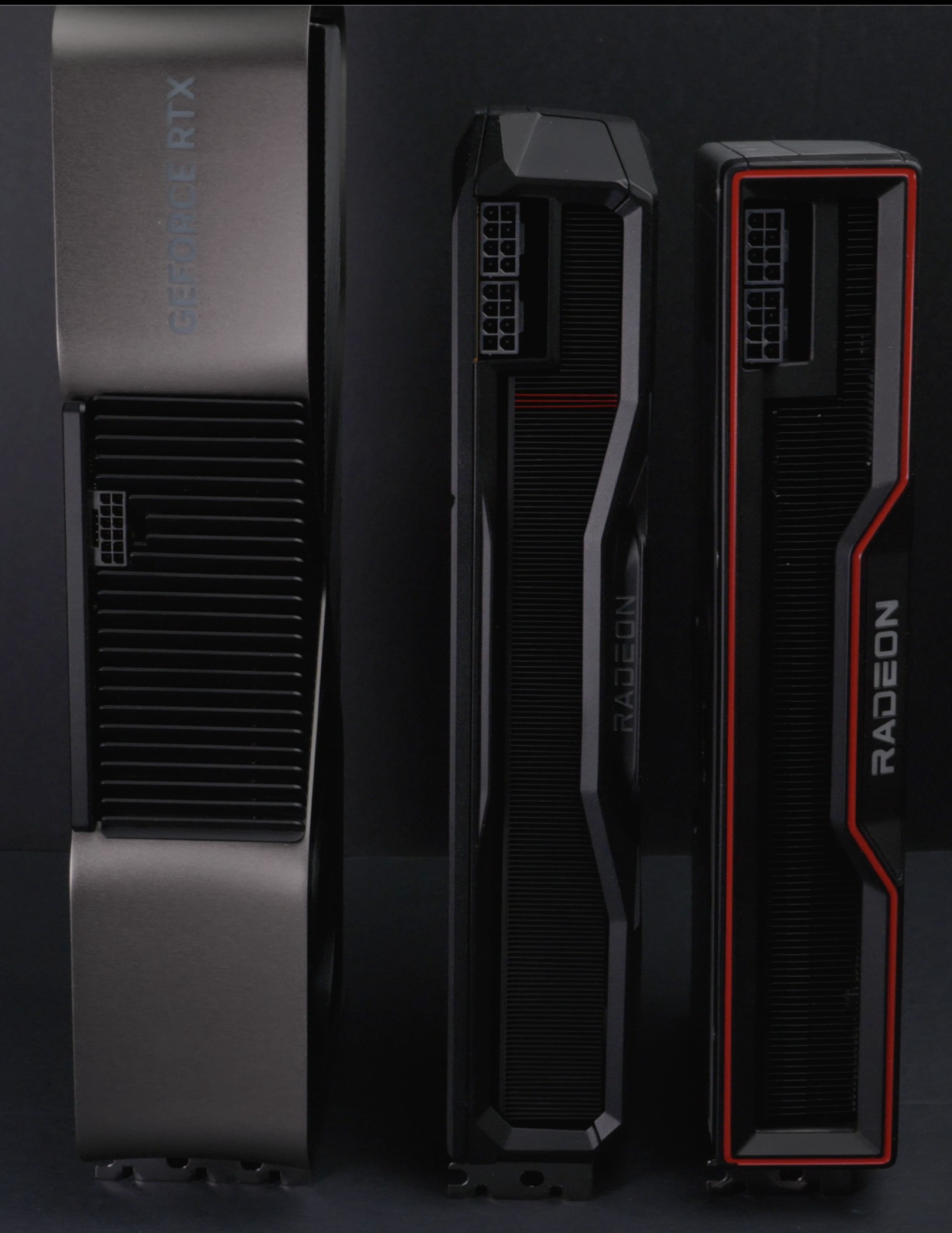The AMD Radeon RX 7900 XTX, a high-end graphics card, has made a splash in the GPU market. But what exactly does the 7900 XTX compare to, and how does it stack up against the competition? This article delves into a comprehensive comparison, focusing primarily on its main rival, the Nvidia RTX 4080.
AMD’s 7900 XTX aims to challenge Nvidia’s dominance in the high-end GPU segment, offering a compelling alternative for gamers and content creators. Let’s break down the key aspects of this comparison: price, availability, performance, and essential factors to consider.
Price and Availability: A Key Differentiator
The RTX 4080 launched with a starting price of $1,199, a point of contention for many gamers. The 7900 XTX, priced at $999, undercuts the RTX 4080 by a significant $200. This price difference makes the 7900 XTX a more attractive option for budget-conscious consumers.
However, availability plays a crucial role. While the RTX 4080 has seen better stock levels, the 7900 XTX has been more difficult to find at its MSRP. This scarcity could push potential buyers towards the more readily available, albeit more expensive, RTX 4080. Securing a 7900 XTX at its retail price might prove challenging in the initial weeks following its release.
The Nvidia RTX 4080 features a significantly larger footprint than the Radeon RX 7900 XTX.
Performance Showdown: Rasterization vs. Ray Tracing
The 7900 XTX boasts impressive rasterization performance, often exceeding the RTX 4080 in games like Call of Duty: Modern Warfare 2 at various resolutions, even surpassing the RTX 4090 in some instances. The 7900 XTX’s 24GB of GDDR6 VRAM provides a potential advantage over the RTX 4080’s 16GB of GDDR6X VRAM, especially for future gaming at higher resolutions.
Call of Duty: Modern Warfare 2 performance comparison highlighting the 7900 XTX’s advantage.
However, Nvidia traditionally holds the edge in ray tracing performance. In Cyberpunk 2077 with ray tracing enabled, the RTX 4080 delivers smoother frame rates compared to the 7900 XTX. Nvidia’s DLSS 3 technology further widens the gap in supported titles, offering significant performance boosts. While AMD’s FSR aims to compete, DLSS 3 currently provides a more substantial advantage.
Cyberpunk 2077 with ray tracing enabled showcases the RTX 4080’s superior performance in this area.
Power Consumption and Other Considerations
The RTX 4080 boasts a lower TDP of 320W compared to the 7900 XTX’s 355W, suggesting better power efficiency. While the RTX 4080 utilizes the new 12VHPWR power connector, the 7900 XTX relies on traditional 8-pin connectors.
The AMD Radeon RX 7900 XTX.
Nvidia generally enjoys a reputation for stable drivers, while AMD’s newer RDNA 3 architecture may experience some initial growing pains. Card size also varies, with the RTX 4080 typically featuring larger coolers than the 7900 XTX, though some AIB models of the 7900 XTX can be equally substantial.
The Verdict: A Close Contest
The 7900 XTX presents a compelling alternative to the RTX 4080, offering superior rasterization performance and a lower price point. However, the RTX 4080 excels in ray tracing and benefits from Nvidia’s mature software ecosystem and DLSS 3 technology. The best choice depends on individual priorities and use cases. If ray tracing and DLSS 3 are crucial, the RTX 4080 might be the preferred option. However, for those seeking excellent rasterized gaming performance at a more attractive price, the 7900 XTX is a strong contender. Ultimately, availability and individual budget constraints will likely be deciding factors in this closely contested matchup.


